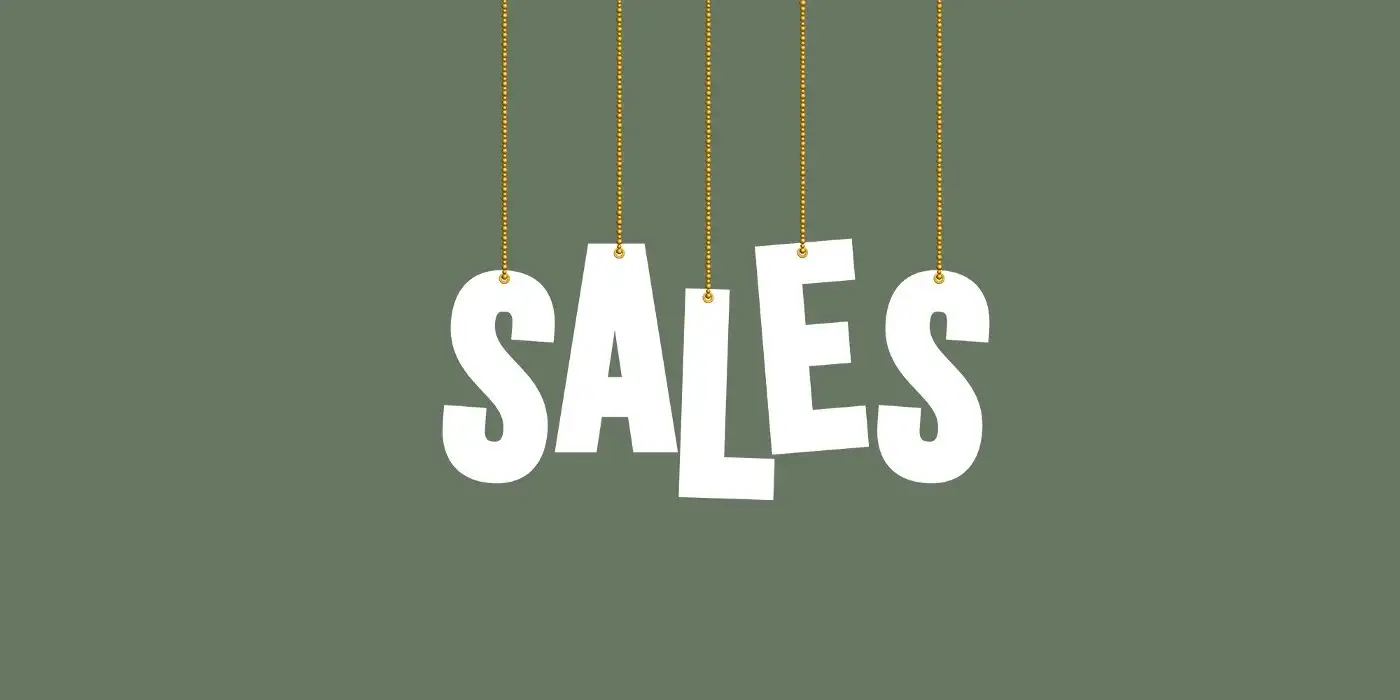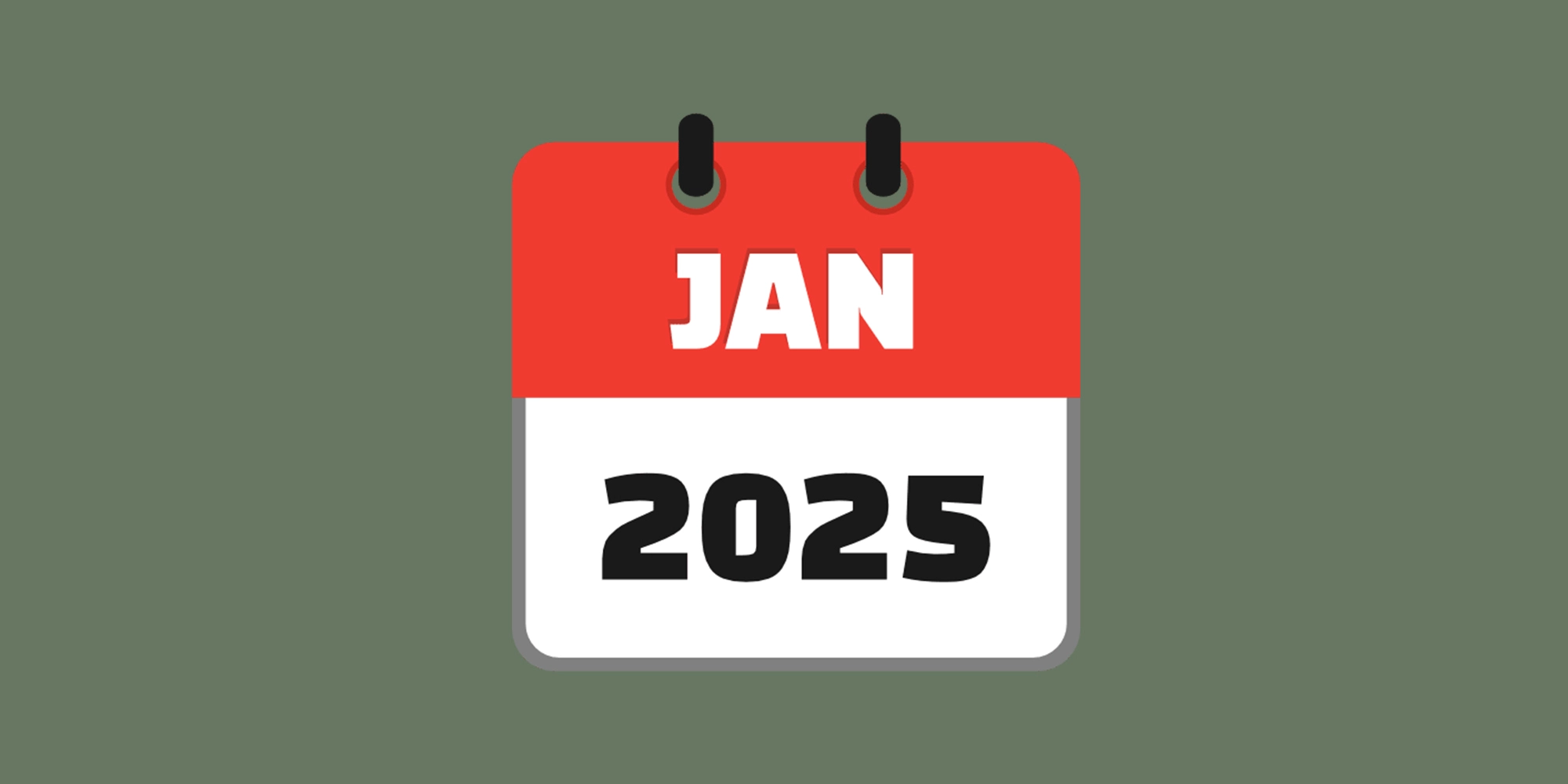
Building a freelance career is unique in that each year can require  Which Skills Are Best for Freelancing in 2025?new skills and new adaptations. One thing that remains constant is the necessity of good pricing.
Which Skills Are Best for Freelancing in 2025?new skills and new adaptations. One thing that remains constant is the necessity of good pricing.
During almost a decade of freelance work, I have encountered every kind of project — from shifting a website menu item slightly to the left to building a browser-based strategy game. Here are some takeaways that should help you optimize the pricing algorithm in your head.
There are basically four ways to charge for a project:
- fixed-price
- hourly
- full-time
- value-based
Each model comes with its own set of rules and challenges.
Pricing fixed-price projects
Fixed-price projects are the most dangerous kind. The core of the problem of fixed pricing is the necessity to know what you’re going to be doing and how much time it’s going to take in advance.
Many things can get in the way of correct pricing: poor documentation, unexpected technological difficulties, unexpected data difficulties, misunderstandings, clients requesting changes, and the list goes on. On the other hand, this is the pricing model most clients prefer because their downside is limited.
When calculating the value of a fixed-price project, try to break it down into segments and drill down as deep as possible, then estimate the time needed for each one. Add them up and multiply by your hourly rate. Then factor in at least 25% more for bug fixes, 25% more for things the client has forgotten to mention, 25% more for things you forgot to consider, and 25% more for technical difficulties beyond your control. In short, multiply your time estimate by 2. In my experience, this is as close as you can get to a reasonable estimate.
Most common problem: underestimating the time needed to complete the project.
Pro tip: split a large project into minor sub-projects or milestones and agree on a price for each one; don’t wait until the end to get paid for the whole thing.
Pricing hourly projects
Agree on an hourly rate, track time spent on the project, get paid at the end of the week. It’s so simple that it’s bound to have some negative sides.
Some of these are: clients getting fearful of a never-ending project that will devour their budget, lack of incentive for you to get work done as efficiently as possible, privacy concerns over time-tracking, increased pressure, and, last but not least, you better believe you will earn every single dollar you make with this modal.
The remedy is simple: charge enough to make all this worthwhile. When setting your hourly rate, always explore your limits. Your clients love you while you’re charging $40/hour. How many will still love you at $50/hour? How about $80?
Most common problem: clients have no idea how many hours each task is supposed to take.
Pro tip: find the highest rate someone is charging for your services and try to charge it; see what they’re doing that’s different from you.
Pricing full-time projects
Being paid full-time for remote work while retaining the flexibility of freelance life is considered by many to be the best of both worlds. Removing the overhead of maintaining multiple clients can be a real productivity boost.
Can you calculate your weekly salary simply by multiplying your hourly rate by 40? You can try, but it usually won’t work. Your client presumably knows your hourly rate and they have no incentive to pay you the full rate for 40 hours. Everybody knows that nobody can effectively work 8 hours per day and the clients are better off having you track your time instead. When you factor in breaks and distractions, getting more than 6 hours of work done in an 8-hour timespan becomes a gargantuan task.
I’ve had several negotiations with clients on this issue and we mostly arrived at a weekly sum that comes out to about 75–80% of what I would make if I multiplied my hourly rate by 40.
Most common problem: projects of this magnitude and budget can be difficult to find in the first place.
Pro tip: for long-term full-time projects, negotiate your raises in advance. Many clients will easily say yes to a 10% semi-annual rate increase since it seems far in the future at that point.
Pricing value-based projects
What are value-based projects? They are the rarest kind, but can be the most lucrative. Value-based projects are just what the name implies: paid based on how much potential benefit your work holds for the client.
Consider two projects: creating a marketing campaign that will be promoted with a $1,000 budget and creating one that will be promoted with a $100,000 budget. For you, the amount of work might be the same in both cases, but the client’s upside is drastically different. Most clients will accept 2–5 times higher prices for the campaign with a large budget because they expect much greater returns from it.
Most common problem: freelance clients who have this sort of budget often go with traditional agencies (who might charge 10x what a freelancer would).
Pro tip: Charging more for your services can make you appear more competent to high-budget clients.
Putting it all together
Which pricing model you should choose is a separate question. Choosing between the fixed model and the hourly model has been  Should Freelancers Charge Fixed-Price or Hourly?discussed at length already. Whichever model you choose, it is important to believe in your own value so you can instill that belief in your clients as well.
Should Freelancers Charge Fixed-Price or Hourly?discussed at length already. Whichever model you choose, it is important to believe in your own value so you can instill that belief in your clients as well.
Do you know what the number one predictor of being a good earner is? It’s not IQ, technical knowledge, or even communication skills. It’s agreeableness — or, more precisely, lack thereof. No amount of knowledge will help you negotiate if you can’t say “no” when the other side makes a suggestion you don’t like.
When entering a price negotiation, be respectful, but not agreeable. Always state your terms to the other side with confidence and, if there is a difference in points of view, openly discuss it.
With experience and bold experimentation, you will quickly rise through the earnings chart of your profession.
Don't miss the next blog post!
I publish a new blog post every Wednesday. Join the newsletter to get:
- One valuable email a week.
- Zero spam.
- Exclusive content not found in the blog.
- Reply directly to me with questions or feedback.
Use the form at the bottom of this pageon the right to join the newsletter.


